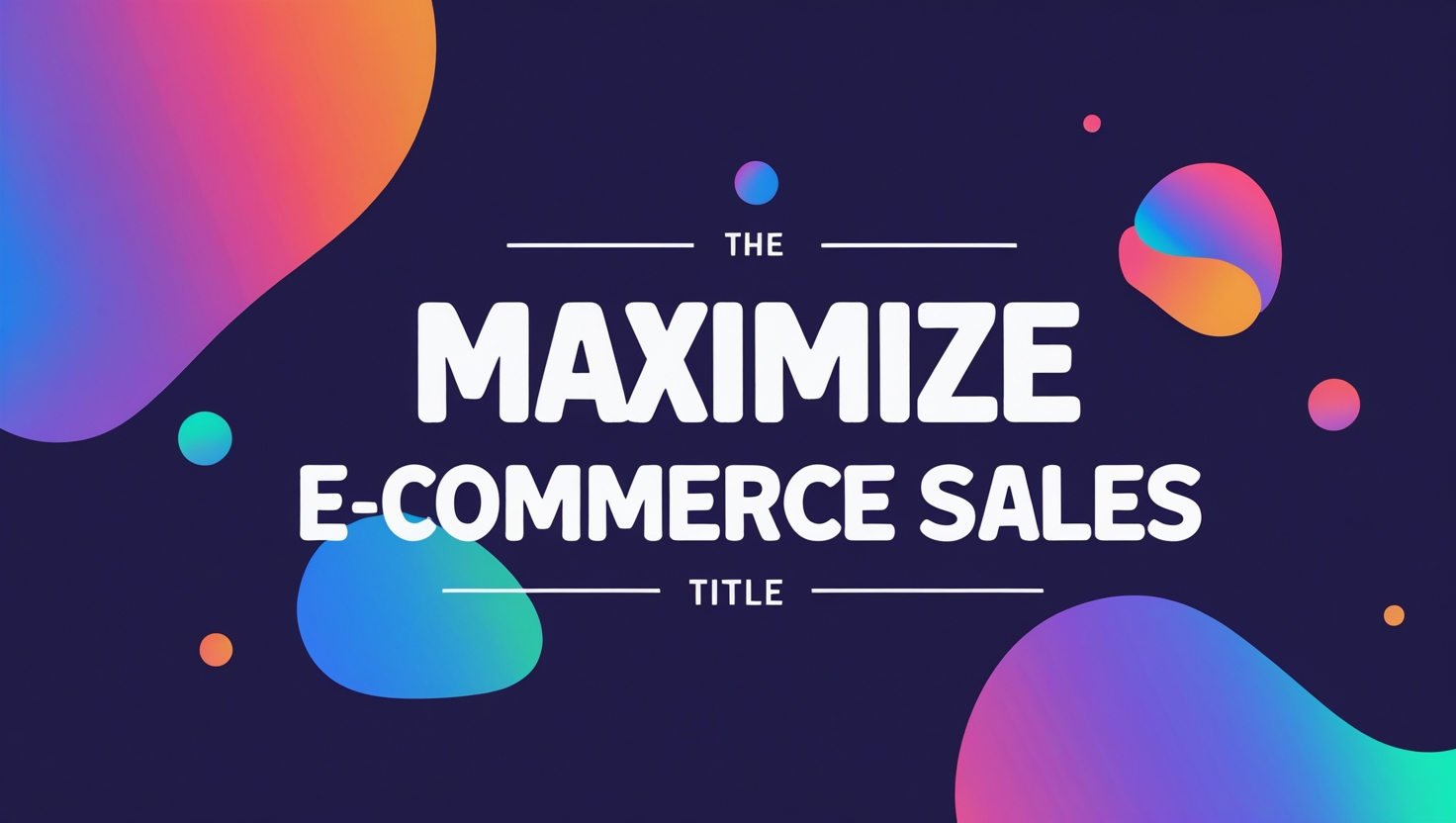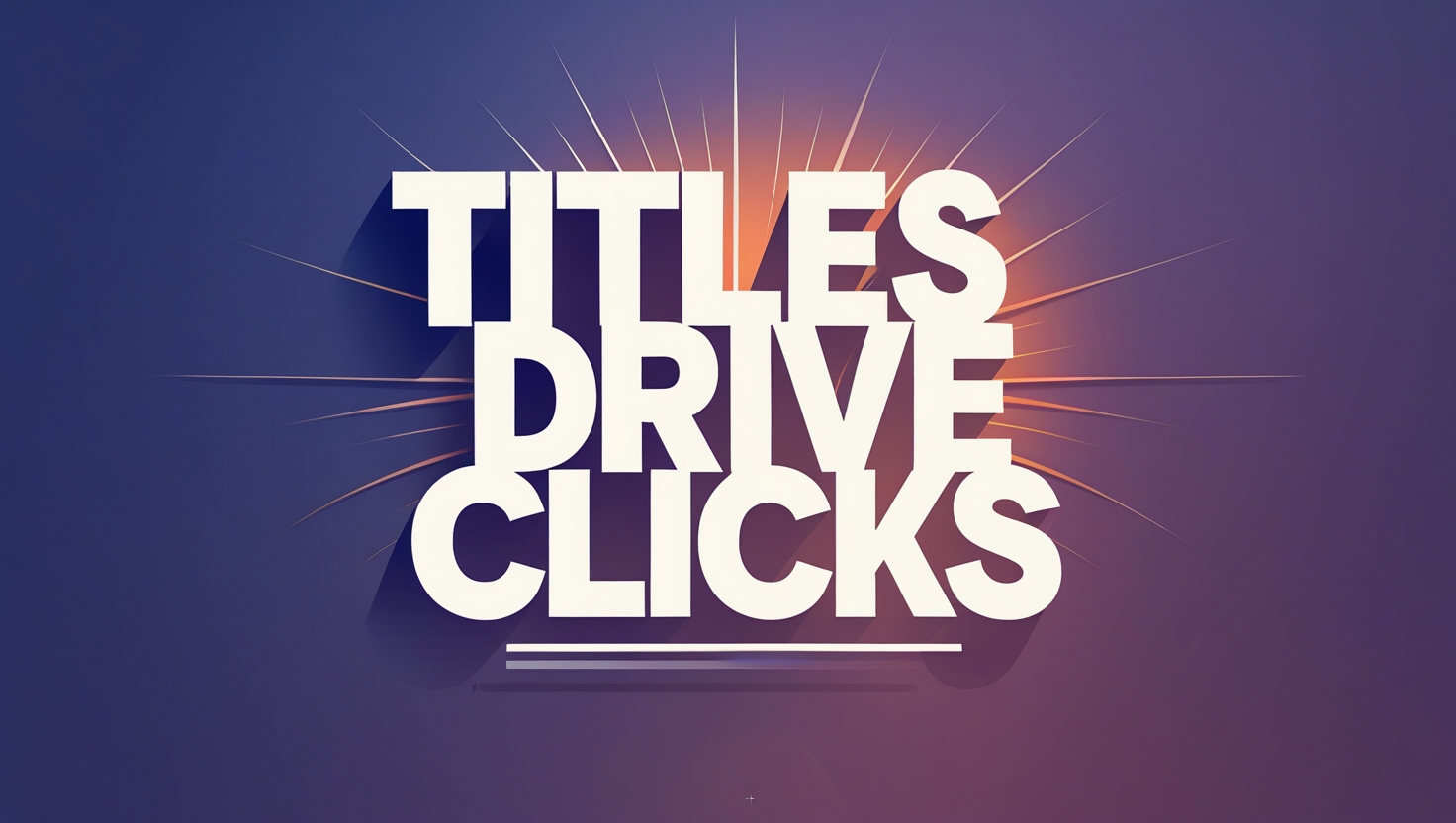22 | Dec
Clevpro
22 Dec, 2024
The Psychology of Branding: How Emotions, Trust, and Perception Influence Customer Decisions

The Psychology of Branding: Why customers select you over other stakeholders
Branding is not the same as trademarks and jingles on the other side. It’s about finding the way through which, you will be able to reach directly to your audience. Brand personality? Brand image? Brand association? Let’s explore why one brand stands out and the other one is obscure.
A Brief Look at Branding Psychology
What Is Branding Psychology?
Brand psychology is the scientific study of how consumers think, feel, and act as related with brands. This is the knowledge of why one product is chosen instead of an equivalent one in the market even when they are developed with similar characteristics.
Emotion in Branding
Remember when you last purchased an item. Was it purely logical? Propositions probably held mixed feelings carried a lot of weight. Marketing that invokes positive feelings such as happiness, or taking the consumer down memory lane, or simply appealing to her trust and reliability, is what is considered successful.
In building a strong brand, there is one fundamental that is extremely important – the foundation.
This paper aims to explain how trust and credibility are developed in a work setting.
In essence, trust is a foundation of any highly regarded brand. The customers are more likely to purchase brands they consider to be genuine and trustworthy.
Towards the Creation of a Unique Value Proposition
Why should customers trust you instead of the next person? Here, the specific and convincing value proposition sometimes can tip the scale.
How to Distinguish Your Business from Competitors
Emphasise what no one else can do the way you do. Whether it is a quality of the product being offered, the features that they offer or the good services that they will offer to customers put them above everyone else.
Emotional appeals and Brand Affection_Level
Feeling is the Key in Decision Making
Consumers do not purchase products; they purchase emotions. Brand loyalty is made when a brand makes the customers feel like they are being understood and valued.
The fundamentals of nostalgia marketing Naming, branding and individual branding
Nostalgia is a powerful tool. Coca cola and Disney for instance use it to remind people of certain events hence solidifying a bond.
Brands’ examples of how they utilize Emotions
Consider Apple. Their focus in creating new products while simplifying the product makes them form an emotional connection with the customers.
Perception Is Reality
Why First Impressions Matter
Your first communication establishes the perception that clients build over time when dealing with your brand. Hitting the right logo and colors of the badges and having a good professional looking website really counts.
Brand Identity as an Effective Factor Affecting Consumer Decision
Brand identity is the key determinant of the image that customers have about you. A strong identity connects visuals, narrative and customer experience without gaps or disconnect.
Can Visual Branding Affect Psychological Effects
Persons, words, and presentations’ colours, types and arrangements mean more than statements. They set a frame of reference in less than a second.
Social Verification and Herding
Why Customers Believe Popular Products
Everyone has a tendency of following what the majority does most especially when they are in a state of indecision. 90 Employees identified that credibility is very easy when the brand has support from social proof such as review or recommendations.
In the following analysis the significance of reviews and testimonials will be discussed.
Not a thing compares with getting to talk to customers who seem more than just happy. Having real proofs from real users is so valuable as far as credibility is concerned.
Tactics that Enhance the Concept of Social Proof
Customers who enjoy your products should be asked to write a review and be displayed for everyone to see.
Storytelling: Brand Elements and their Embodiment of the Brand Heart
Telling an Authoritative Story
What your story is truly your power. People prefer to talk to people and not machines; that’s why real narratives help make brands more human.
Reliability Construction through the Practice of Stories
Exchange of realistic problems, achievements, and goals. It is said that stories make your brand human, but does that mean you can utilize it in all situations?
That is why today brands share examples of their brand stories which are a powerful tool for creating value:
Nike’s “Just Do It” is an outstanding example of how the need for a good story defines people’s experiences and needs on a deeper level.
Despite the fact that internal communication can play many roles, few are as important as consistency in branding.
Ensuring the Compound Brand Communication
Consistency builds trust. In particular, the information conveyed by the firm must be coherent, whether it is on social networks or in relations with customers.
One stream of thought that might be taken for obvious is the need for psychological comfort inherent in familiarity.
Familiarity breeds comfort. It takes a substantial amount of time and effort to build loyalty among your audience due to which it becomes important to maintain a strong brand image across several platforms.
The history and science of color, forms and signs
Color Psychology in Branding
Colors evoke emotions. Blue is the colour of trust, red – passion and green is associated with growth.
That’s how Shapes & Symbols work when it comes to the perception of the people.
Shapes also matter. Semi-circular shapes make a product seem inviting, while products with straight angles have a professional air.
Selecting the Right Components for a Brand
Select items that stand for the brand’s ethos and clients, who the brand targets.
Building a Personal Brand
Personal branding and the psychology of trust
People connect with people. While developing a personal brand personality brings the face-to-face persona to your business, it also makes you trustworthy.
Ways to Establish Yourself as an Expert
Contribute and provide useful information, reply to your readers, and demonstrate your authority.
Conclusion
Summary of the Power of Branding Psychology
Brand affect is the psychological factor that defines your customer to go for you instead of going to your competitor. To this end, learning how to tap into it can help you build a brand that comes from the heart.
The Last Words on Distinction between Competitors
Maintaining the company’s identity, engaging people’s emotions, and being coherent. So these elements are for you the keys to success.
FAQs
1. Why do branding psychologists tender such significant importance to branding psychology?
It makes them understand the behavior of the people and make them join.
2. What part does colors play in branding psychology?
Color affects emotions and perception of display making it an essential component of branding.
3. That leads to the last part of the question; how do the various emotions play out in the customer loyalty context?
Positive emotions are constructive for brand relationship since they build trust with the brands.
4. Does personal branding have the potential to assist small entrepreneurs?
Absolutely! People trust personal branding and view the brand as an authority figure.








